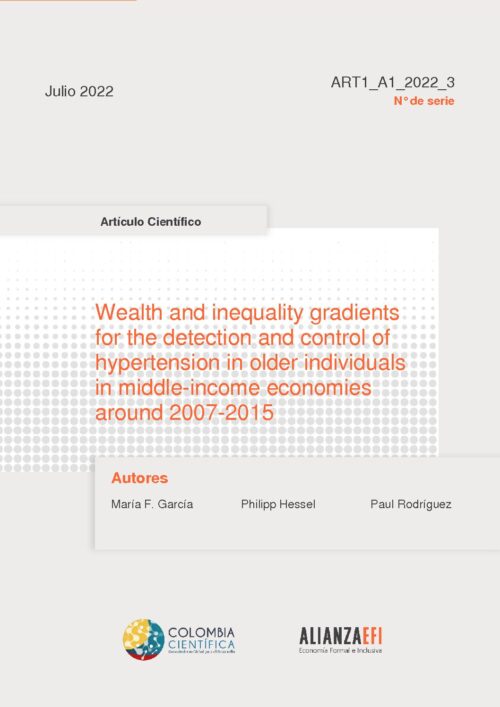Socioeconomic inequalities in the detection and treatment of non-communicable diseases represent a challenge for healthcare systems in middle-income countries (MICs) in the context of population ageing. This challenge is particularly pressing regarding hypertension due to its increasing prevalence among older individuals in MICs, especially among those with lower socioeconomic status (SES). Using comparative data for China, Colombia, Ghana, India, Mexico, Russia and South Africa, we systematically assess the association between SES, measured in the form of a wealth index, and hypertension detection and control around the years 2007-15. Furthermore, we determine what observable factors, such as socio demographic and health characteristics, explain existing SES-related inequalities in hypertension detection and control using a Blinder-Oaxaca decomposition. Results show that the prevalence of undetected hypertension is significantly associated with lower SES. For uncontrolled hypertension, there is evidence of a significant gradient in three of the six countries at the time the data were collected. Differences between rural and urban areas as well as lower and higher educated individuals account for the largest proportion of SES-inequalities in hypertension detection and control at the time. Improved access to primary healthcare in MICs since then may have contributed to a reduction in health inequalities in detection and treatment of hypertension. However, whether this indeed has been the case remains to be investigated.
Autores:
- María F. García
- Paul Rodríguez
- Philipp Hessel
Categorías:
- Proyecto 1
- Publicación
